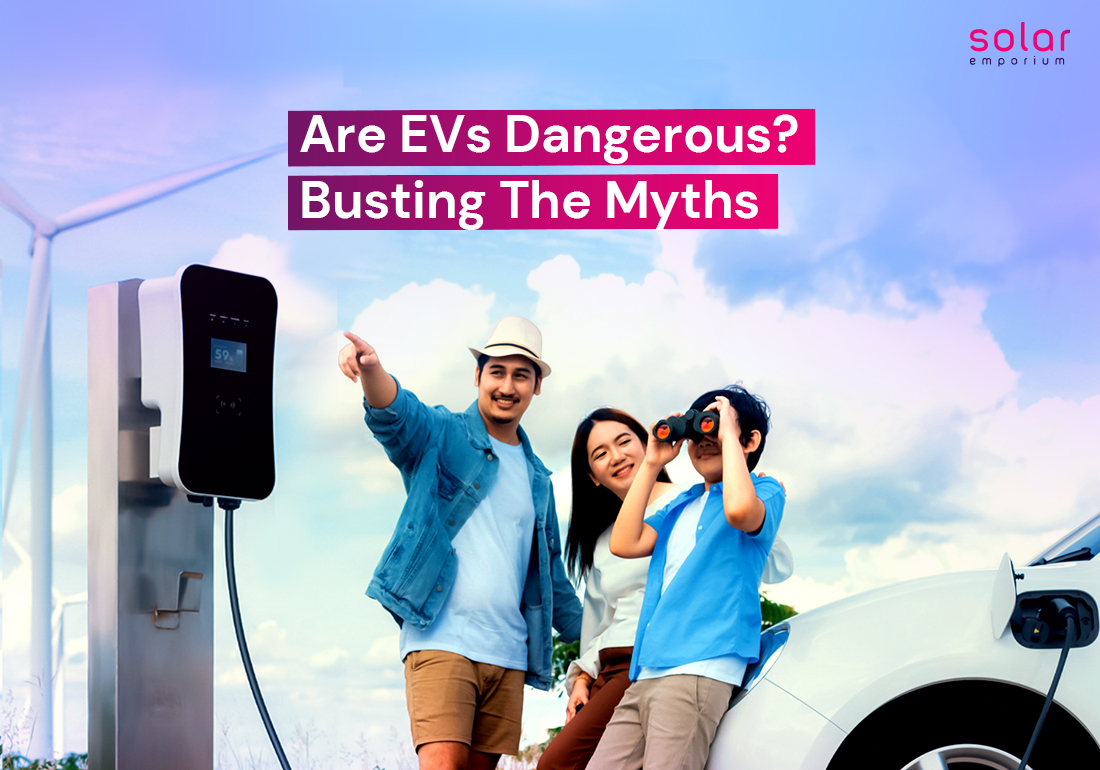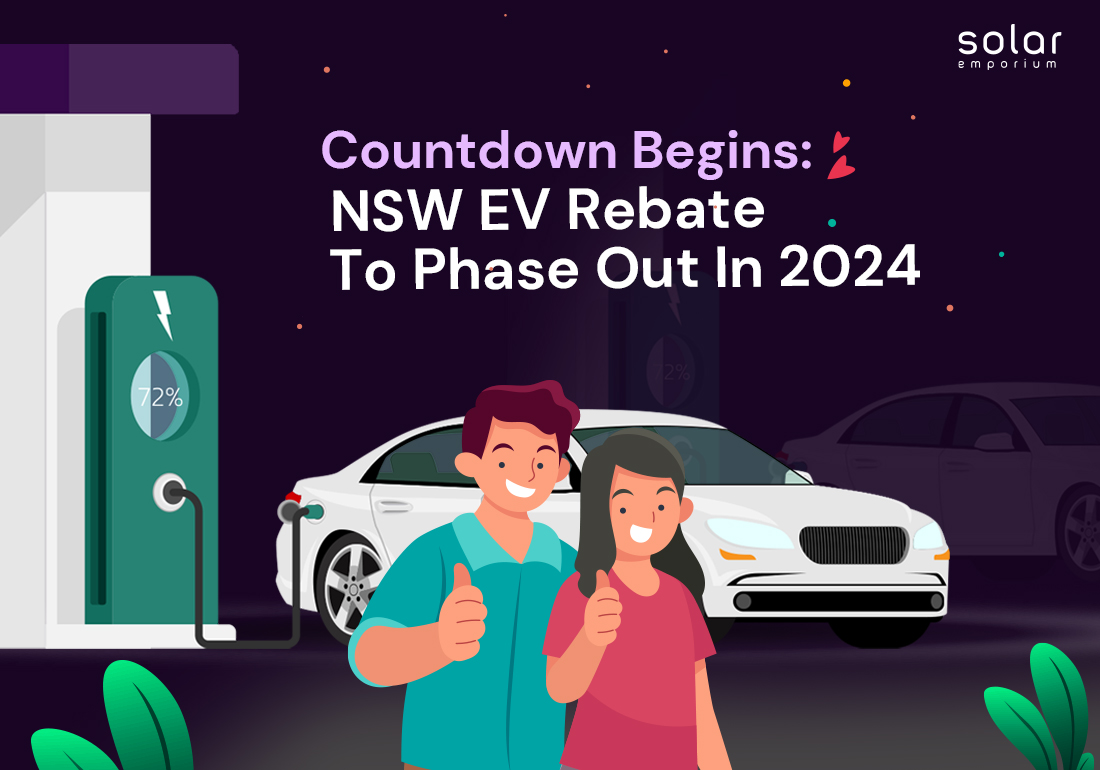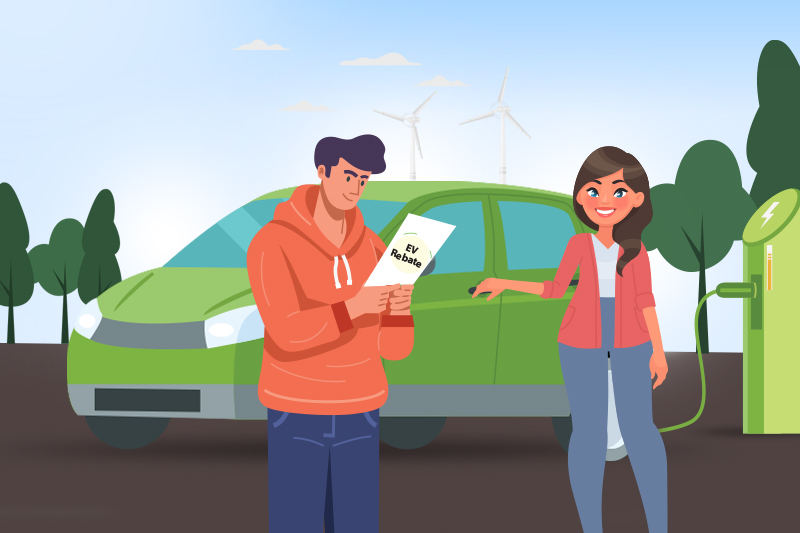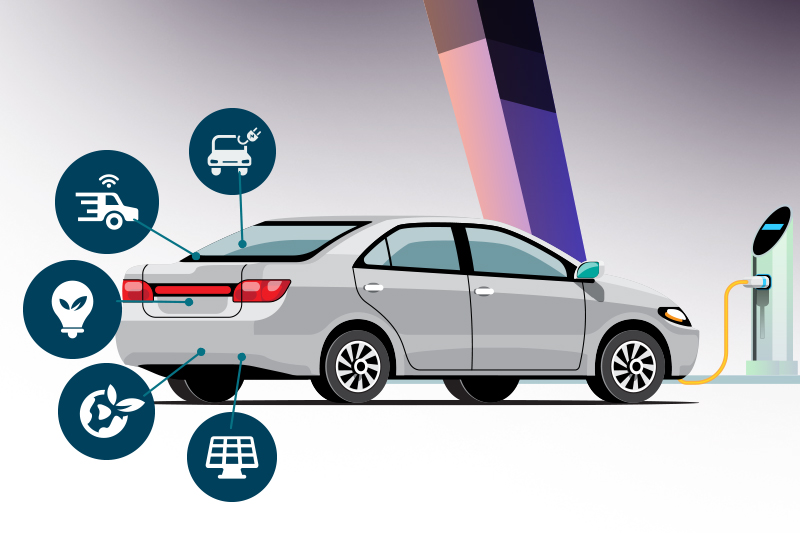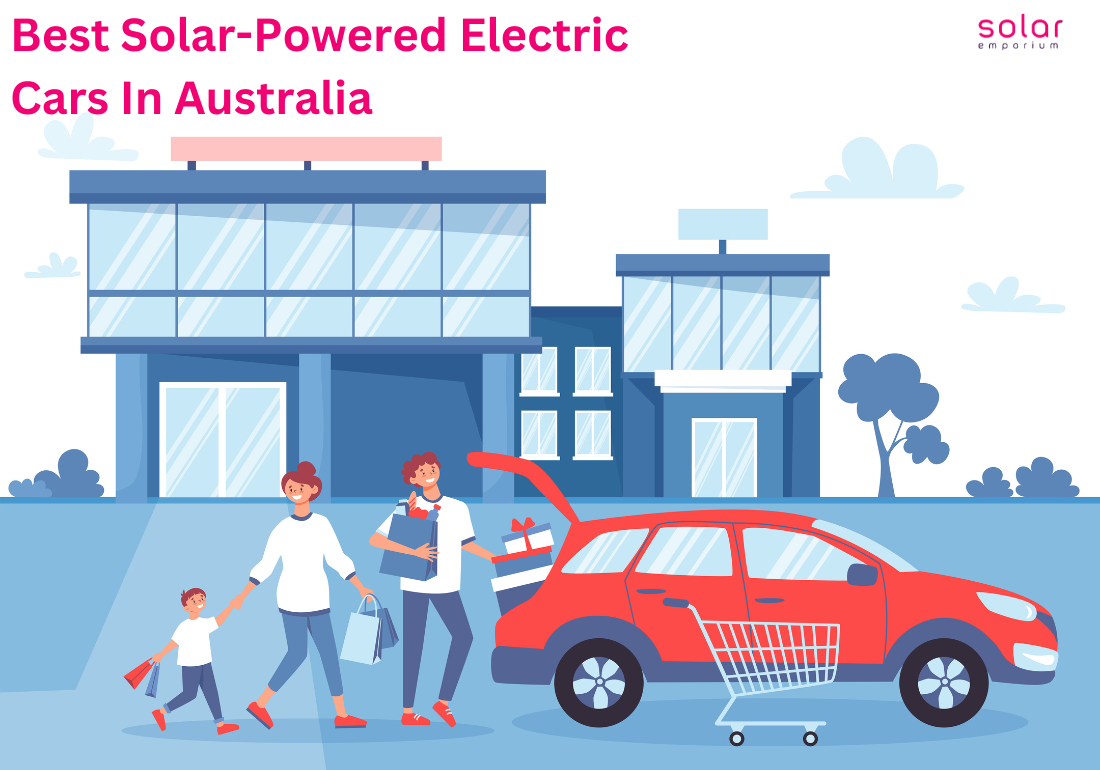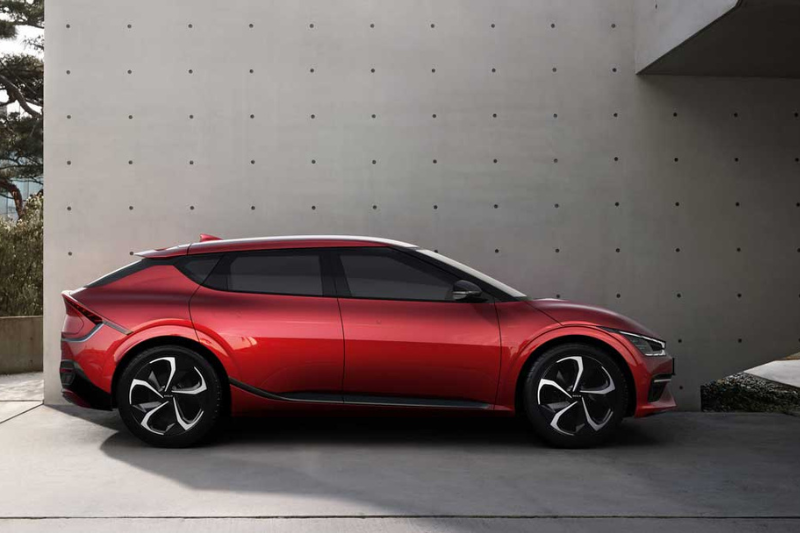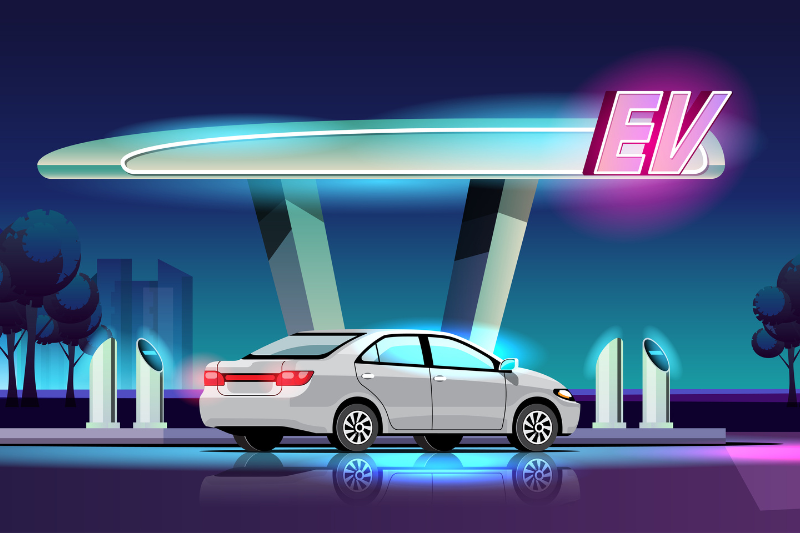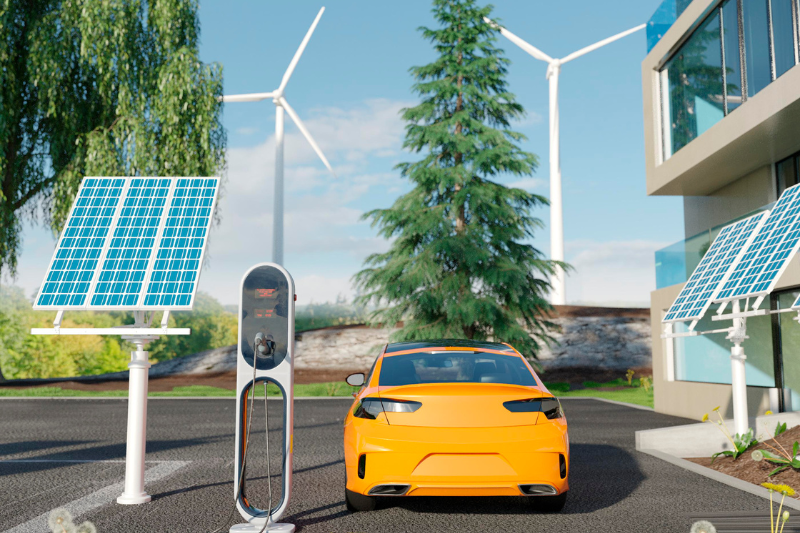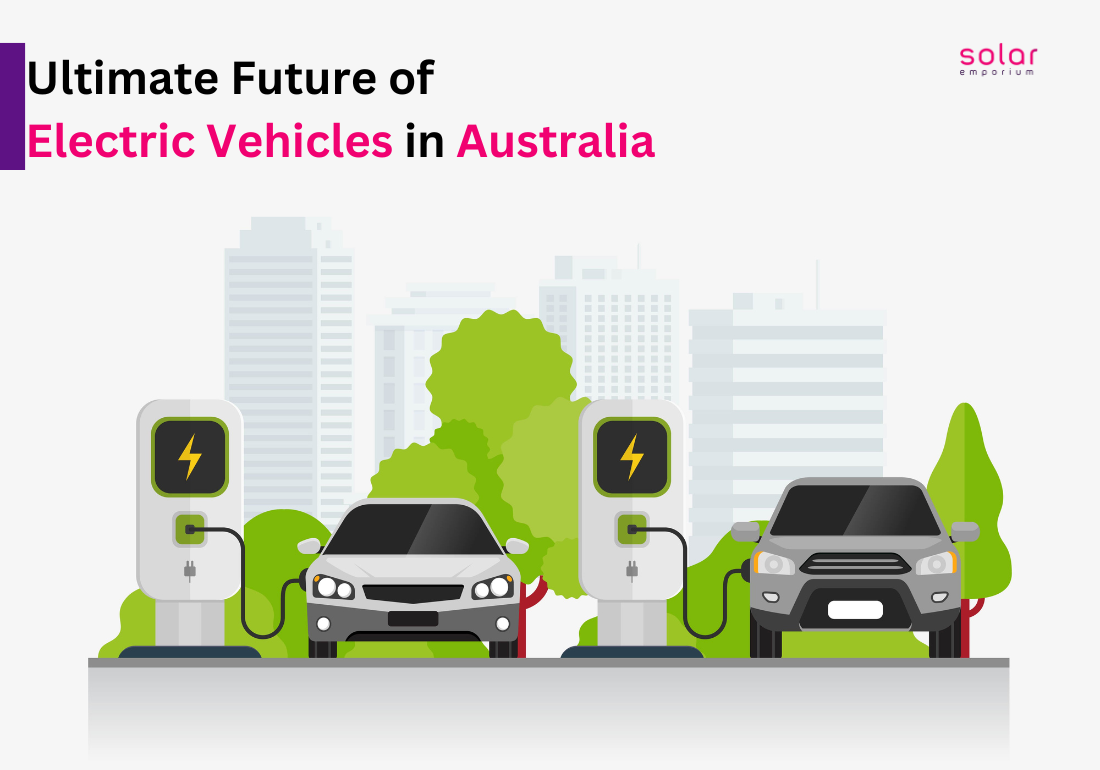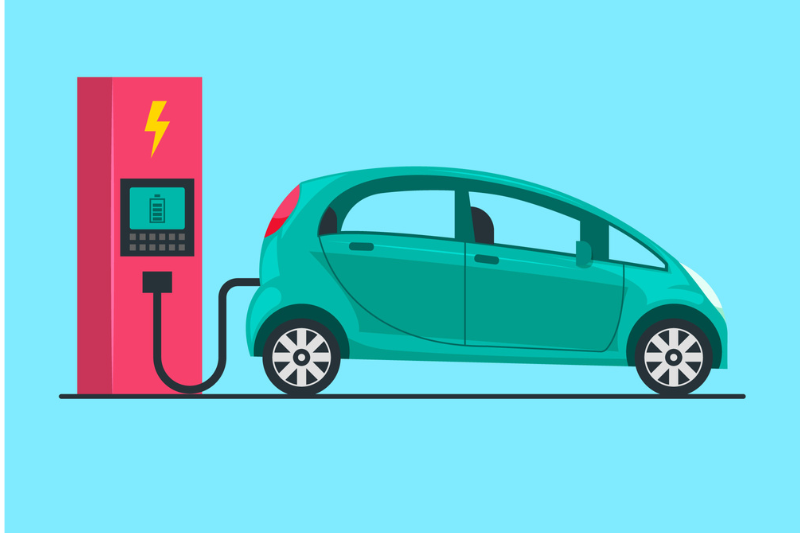Yet another day, and we are here with another blog about Electric vehicles. However, our EV blog will focus on a different argument this time. So what’s the debate?
The debate is about whether EVs are dangerous or not. So, are EVs dangerous? The media has been highlighting many topics around how EVs are dangerous. They also focus on some myths that put EVs in a dark light.
But we are busting the myths around EVs today!
Australia is intensifying its efforts toward achieving the Net Zero goal. A mass shift to electric vehicles would be a significant step toward the ultimate goal. Electric vehicles represent the future.
It is the right path for Australia as the global community collaborates to address climate change.
However, because the media shares scary and wrong information about this positive change, many people are worried about making the switch. Luckily, we know the actual situation better.
Electric vehicle technology is progressing rapidly. It can consider various crucial aspects like cost, efficiency, performance, and safety. The past decade has seen substantial advancements. And the next seven years promise even more developmental achievements.
So, fasten your seatbelt and join us as we debunk recent EV myths.
Myth 1: EVs are at a High Risk of Catching Fire
Few claim electric vehicles (EVs) are more prone to fires than petrol and diesel vehicles. Headlines emphasising the supposed dangers of lithium-ion batteries have understandably raised safety concerns among those hesitating to transition to EVs.
Fortunately, recent Swedish Civil Contingencies Agency data disapproves of this notion.
A mere 0.004% of 611,000 electric cars have experienced fires. It means only 23 fire incidents have occurred.
In contrast, traditional petrol and diesel cars have encountered 34,000 fires, translating to 0.08%. This comparison reveals that EVs are 20 times less likely to catch fires.
Furthermore, advancements in anti-fire features in newer EV models implemented by car manufacturers contribute to a continuous decline in EV fire incidents.
With only 20 reported EV fires annually over three years, the probability of your car emitting smoke during your journey is highly improbable. Hence, keep charging on.
Get your EV chargers from Solar Emporium.
Myth 2: You Can Get Electrocuted With EVs
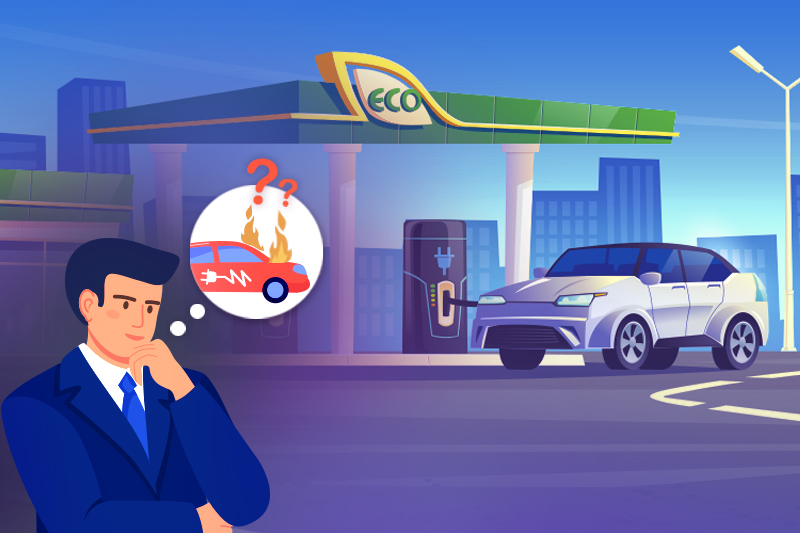
Despite concerns, the risk of electric shock while driving an Electric Vehicle (EV) is not more than that of an Internal Combustion Engine (ICE) vehicle.
Both types of cars have batteries and electric systems. And under normal circumstances, these do not short out or create risks of shocking anyone.
EVs operating within the 200 to 800-volt range. They are equipped with high-voltage wires. But only professionals must work on open batteries. Like any car component, EV batteries can sustain damage in a car accident.
The electrical circuits in EVs are designed with safety in mind and are as safe as those in diesel and petrol cars. All electrical components in EVs are fully protected, ensuring no risk of electric shock, even in scenarios like car washes, floods, or charging in the rain.
Although a partial risk is associated with thermal runaway. Automakers like Volvo have developed sealed and insulated batteries to manage or eliminate this issue.
The high-voltage system onboard does not increase the risk of an accident. The electrical components automatically disconnect from the battery within milliseconds of a collision.
It ensures the safety of the driver and passengers against potential electric shocks.
Regarding charging safety, the process only begins once the automatic system check ensures a secure connection between the vehicle and the charging station.
Similar to collision scenarios, if a fault is detected, the flow of electricity to the battery is immediately stopped.
In conclusion, the high voltage systems in EVs present minimal to no risk of electric shock during driving and recharging.
Myth 3: Can’t Wash Your EV
Water is not an issue for Electrical Vehicles.
Every car you’ve ever driven has had an electrical system. While these systems may have operated at lower voltages, used different types of batteries, and served different purposes, the fundamental principle remains the same.
Due to battery insulation, EV chargers can safely navigate through water without creating an electric shock risk when wet. Charging in the rain is also safe and does not introduce additional threats such as short-circuiting or sparks.
If water enters the battery, there is nothing to worry about. The nickel metal used in EV batteries is within maintenance-free sealed cells.
It prevents anything from getting in or out. Moreover, the chemicals inside are designed to form a gel, which will stop spills if the batteries face a crash.
Under standard operating conditions, water cannot directly contact the batteries, ensuring that the high-voltage lines carrying the current are protected and insulated.
In summary, under typical working conditions, the possibility of water directly contacting the batteries is almost non-existent, presenting minimal to no threat.
Myth 4: EVs Have Lower Safety Ratings Than ICE

Battery Safety Measurement and Design
Most electric vehicles (EVs) have exceptional individual safety ratings. These are mainly created to incorporate cutting-edge crash avoidance technologies.
These technologies include all-speed autonomous emergency braking, adaptive cruise control, lane-keeping assistance, rear cross-traffic alerts, and blind spot warnings.
Prominent models such as Tesla, Audi’s e-Tron, and the Mercedes-Benz EQC SUVs are at the forefront of safety innovation, approaching the legal limits of full driverless capabilities.
For detailed information on EVs, check our blog on the ultimate future of Electric Vehicles in Australia. Also, visit the solar battery page to get Tesla Powerwall or Alpha ESS.
Multiple crash tests have demonstrated that modern EVs perform equally well in accidents as their combustion engine counterparts. For example, the Tesla Powerwall attained the highest 5-star rating in the test for crash safety.
Numerous other models have also achieved it. These crash tests have revealed that the well-shielded battery pack on the electric vehicle floor remains undamaged despite body deformation.
Contrary to concerns about EV safety, they automatically outperform gas-fueled cars in terms of safety.
The mere presence of petrol in an Internal Combustion Engine (ICE) makes them more risky. EV batteries are not volatile as a gas tank and fuel system.
What are the Battery Management Systems of EV Batteries?
The Battery Management System (BMS) in electric vehicle (EV) batteries is essential for monitoring, controlling, and optimising the battery’s performance.
It is crucial in ensuring the battery’s safety, lifespan, and efficiency. The BMS oversees individual cells within the battery. It manages its charging and discharging rates to prevent overcharging or deep discharging.
Without this process, charging and discharging could degrade the battery over time.
Additionally, it monitors and balances each cell’s voltage, temperature, and state of charge. It promotes uniformity and prevents thermal runaway.
The BMS also provides crucial data to the vehicle’s onboard computer, informing it of the battery’s health and enabling optimal energy utilisation. The battery management system is integral to EV batteries’ overall functionality and safety, actively contributing to their performance and longevity.
Crash Testing in Electric Vehicles
Crash testing is critical to ensuring the safety of electric vehicles (EVs). Manufacturers conduct extensive crash tests to evaluate EVs’ structural integrity and safety features under various impact scenarios.
These tests assess the protection of occupants and examine the resilience of the electric propulsion systems and battery packs during crashes.
Proper crash testing helps identify potential weaknesses and informs design improvements, contributing to continuously enhancing EV safety standards.
As the popularity of EVs rises, the automotive industry’s commitment to solid crash testing remains vital in building trust and confidence among consumers regarding the safety of electric vehicles.
User Education for Electric Vehicles
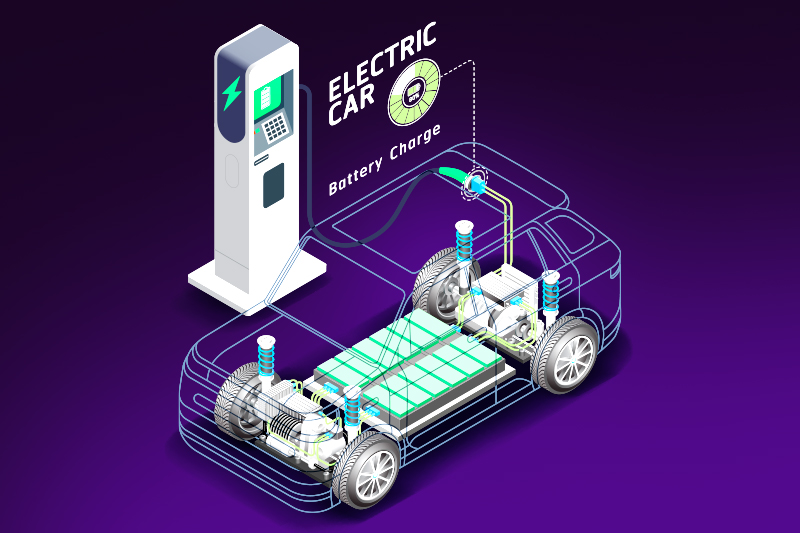
User education is an essential element in the successful integration of electric vehicles into mainstream transportation.
Given EVs’ unique features and operational differences compared to traditional internal combustion engine vehicles, educating users is crucial for optimal utilisation and satisfaction.
Users need to understand charging infrastructure, range considerations, and the maintenance requirements specific to electric vehicles.
Outreach programs, manuals, and online resources significantly educate consumers about the environmental benefits, cost savings, and overall driving experience associated with EVs.
Effective user education fosters a smoother transition to electric mobility and helps debunk myths or misconceptions surrounding electric vehicles. And then contributes to the broader acceptance of this sustainable mode of transportation.
Research and Development in Electric Vehicles (R & D)
Research and development (R&D) in electric vehicles drive innovation and technological advancements in the automotive industry.
Ongoing R&D efforts focus on improving battery technology, increasing energy efficiency, and enhancing overall performance.
Advancements in materials, such as lightweight composites, contribute to developing more energy-efficient and aerodynamic EV designs.
Moreover, R&D initiatives explore smart charging solutions, vehicle-to-grid integration, and autonomous driving capabilities in the context of electric mobility.
Collaborations between automotive manufacturers, technology companies, and research institutions are pivotal in pushing the boundaries of what is possible in electric vehicles.
Ultimately, these processes will ensure a continuous evolution toward more sustainable and sophisticated transportation solutions.
Contact Solar Emporium for any Electric Vehicle solutions. You can even purchase EV chargers and solar batteries in one place. Your contribution towards climate change is one click away!
